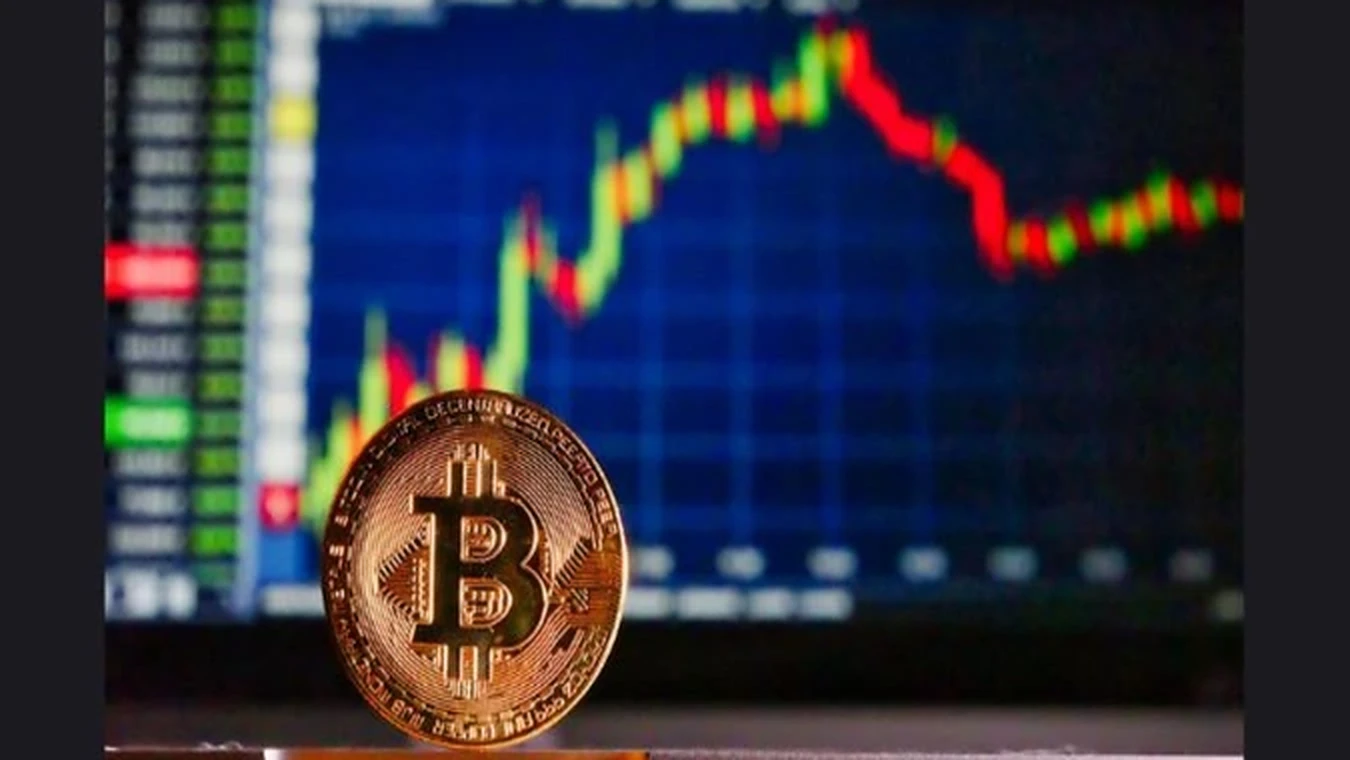Bitcoin experienced a notable spike to new one-week highs on July 11 following a bullish surprise from United States macroeconomic data.
Data from Cointelegraph Markets Pro and TradingView revealed a rapid yet brief climb in Bitcoin’s price to $59,516 on Bitstamp.
This surge came after the release of June’s US Consumer Price Index (CPI) data, indicating inflation slowing more than anticipated.
Both year-on-year and month-on-month CPI figures were 0.1% lower than expected, resulting in a positive response from both crypto and US stock markets.
“The all items index rose 3.0 percent for the 12 months ending June, a smaller increase than the 3.3-percent increase for the 12 months ending May,” a press release from the US Bureau of Labor Statistics confirmed.
“The all items less food and energy index rose 3.3 percent over the last 12 months and was the smallest 12-month increase in that index since April 2021.”
Despite this, the initial gains were short-lived, with BTC/USD quickly losing the $1,000 it had initially gained.
“Inflation coming down faster than expected. Local higher high for Bitcoin in response,” popular trader Jelle summarized on X.
“Time to let the dust settle, but safe to say it’s much stronger than it was at the start of the month. Reclaim $60,000 and things will look much better.”
The $60,000 level remained a critical target for market participants. Fellow trader Wolf identified it as a key resistance point, citing the 21-week exponential moving average at $60,900.
“The 60-61.6k range is where the strongest resistance lies, due to horizontal and weekly 21EMA barriers,” he told X followers.
“If this level is cleared, the bulls will regain control.”
Other significant levels include the 200-day moving average and the short-term holder cost basis, the latter at $64,088, according to Look Into Bitcoin.
Short-term holders, the more speculative Bitcoin investors, held up to 2.8 million BTC at a loss when prices fell to four-month lows of $53,500 last week.
Caution remained as markets anticipated the distribution of coins from the defunct exchange Mt. Gox.
Crypto commentator Zen suggested a potential BTC price drop as these funds hit exchanges, requiring two days for market rebalancing.
Jamie Coutts, chief crypto analyst at Real Vision, saw this as ultimately beneficial.
“While painful in the short term, the distributions of the Mt. Gox reserve and government sales remove the annoying supply overhang, helping distribute coins to a wider array of holders, thereby growing the network and leaving Bitcoin even better off than before,” he wrote on X on July 10.
To submit a crypto press release (PR), send an email to sales@cryptointelligence.co.uk.




